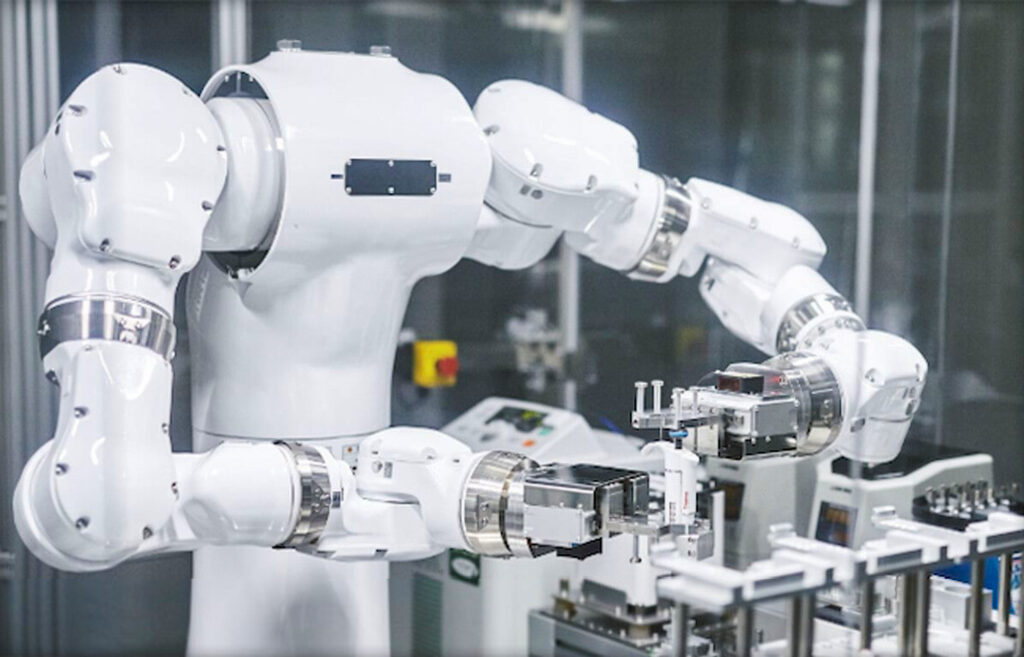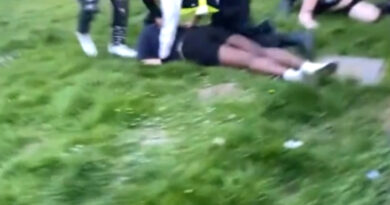EYE, ROBOT: AI Robodoc Speeds Up Sight-Saving Technology
A humanoid robot has quickened sight-restoring research by finding the best conditions to grow replacement retina layers from human stem cells.
The AI system – known as Maholo – took just 185 days to complete experiments that would have taken humans two and a half years.
In just a quarter of the time, Maholo processed trial-and-error research made up of 200 million possible conditions.

The robot was created by a joint research group at the RIKEN Center for Biosystems Dynamic Research (BDR) in Kobe, Japan, to grow functional retinal pigment epithelium (RPE) cells from stem cells.
The degeneration of these cells is a well-known, age-related disorder that leaves patients blind.
RPE transplants have had some clinical success in the past.
The robot continuously repeated a series of exact movements and was able to evaluate results in order to formulate the next experiment.
The automation of life science research experiments that depend on a number of variables means labour-intensive experiments that take months to complete are avoided.
The success of the new system goes beyond the researchers’ findings as team leader Genki Kanda explained: “Combining a precision robot with the optimization algorithms will enable autonomous trial and error experiments in many areas of life science.”
Despite this, the study does not aim to replace humans with robots.
Kanda said: “Using robots and AI for carrying out experiments will be of great interest to the public.
“However, it is a mistake to see them as replacements.”
“We can use robots and AI for the trial-and-error parts of experiments that require repeatable precision and take up a lot of time, but do not require thinking.”



